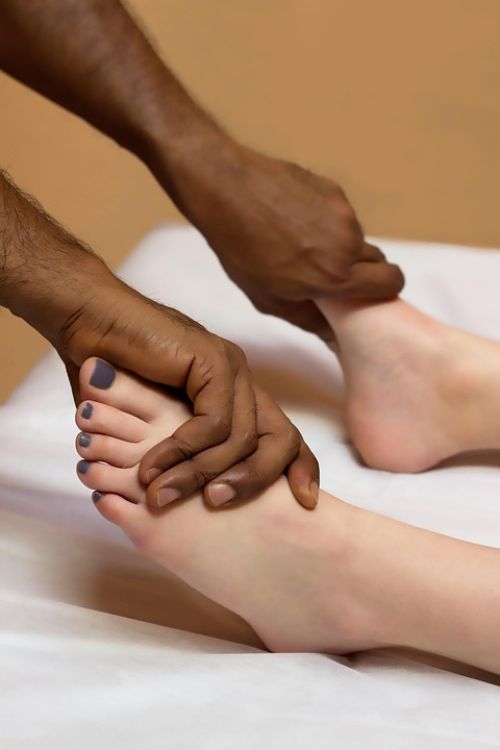Tips for taking care of your feet as a diabetic
As a diabetic, you have to pay special attention to the condition of your feet.

Taking care of yourself with diabetes includes diet, physical activity, and other areas of the body like the feet. Problems with feet are very common for people living with diabetes. Having a daily care routine for your feet can help to lower chances for foot problems, along with managing blood glucose levels.
According to the National Institute of Health, “Over time, diabetes may cause nerve damage, also called diabetic neuropathy, that can cause tingling and pain, and can make you lose feeling in your feet.” Cuts and sores do not heal well and can become infected. Diabetes can also lower the amount of blood flow to the feet which may also contribute to foot problems.
Here are some tips to help care for feet impacted by diabetes:
Check your feet every day
Check for sores, cuts, red spots and infected toenails. If you have a difficult time, bending over to see the bottom of your feet, place a mirror under your foot and you will be able to see if there are sores on your feet.
Wash your feet every day
Wash your feet in warm water (not hot) and do not soak them. They will dry out and become sore. Use cornstarch or talcum powder between your toes so keep them dry and soft.
Keep the skin soft and smooth
Use a little lotion on the tops and bottoms of your feet. Do not put lotion between your toes because this can cause an infection.
Smooth corns and calluses
If you get a corn or callus, the best thing to do is to inform your healthcare provider. Do not cut corns or calluses for this can cause infection. Your physician might suggest using a pumice stone. Do not use liquid corn and callus removers; always check with your physician.
Trim your toenails regularly or see a foot doctor to do so
Trim nails after you wash and dry your feet. Trim the nails straight across and smooth corners with a soft emery board. Do not cut into the corners of the toenails.
Wear shoes and socks at all times
Do not walk barefoot because a person with diabetes is at risk of infections. Socks will help prevent blisters on the bottom of your feet. Wear shoes that fit you well and protect your feet.
Protect your feet from hot and cold
When in the sand always wear shoes. It is very easy to burn your feet, and you may not always feel the burn. If your feet get cold at night, wear socks to bed. Wear lined boots in the winter to keep your feet warm
Keep the blood flowing to your feet
Wiggle your toes a few times a day and move your ankles up and down to help blood flow through your legs and feet. Do not cross legs for long periods of time. Smoking lowers the amount of blood flow to your feet.
Be more active
Being active improves your blood flow. If you are not active, start slowly and gradually add up to 30 minutes a day. Wear shoes that give support when being active.
Keeping your feet healthy with diabetes is one more good thing you can do for yourself to help stay independent and moving. For more information on diabetes management, visit MSU Extension's Diabetes website.



 Print
Print Email
Email


